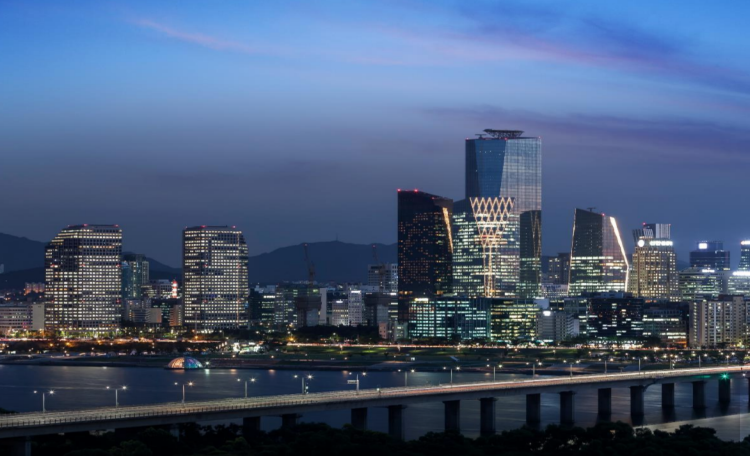Pyeongtaek is emerging as a logistics hub due to its strategic location around Pyeongtaek Port and access to major expressways like Gyeongbu, Seohaean, and Pyeongtaek-Jecheon. Logistics centers are concentrated in idle industrial land, with new smart centers being built to support e-commerce (e.g., Coupang, Kurly, Emart).
Although 595,000 py of logistics space is planned by 2025, about 77% remains unstarted due to rising interest rates and reduced investment, suggesting actual supply will fall short. Smaller import/export centers are growing near the port, while larger distribution and fulfillment centers are expanding near expressway interchanges.
3PL companies occupy 51.4% of logistics space, with strong demand from F&B, e-commerce, and retail sectors. Key tenants include LX Pantos, Korea Superfreeze, Shinsegae Food, Ottogi, Coupang, and Kurly.
Cargo volume is recovering post-COVID, and the parcel market is expected to grow over 5% annually. However, with slowing supply, logistics real estate values are likely to rise after 2025.
Gyeonggi Research Institute projects Pyeongtaek will lead Gyeonggi Province in cargo volume share by 2030 (15%), while current supply is only 8%, indicating high demand for expansion. The city also benefits from a young workforce (approx. 427,000) and ongoing urban development, making it favorable for logistics labor supply.



